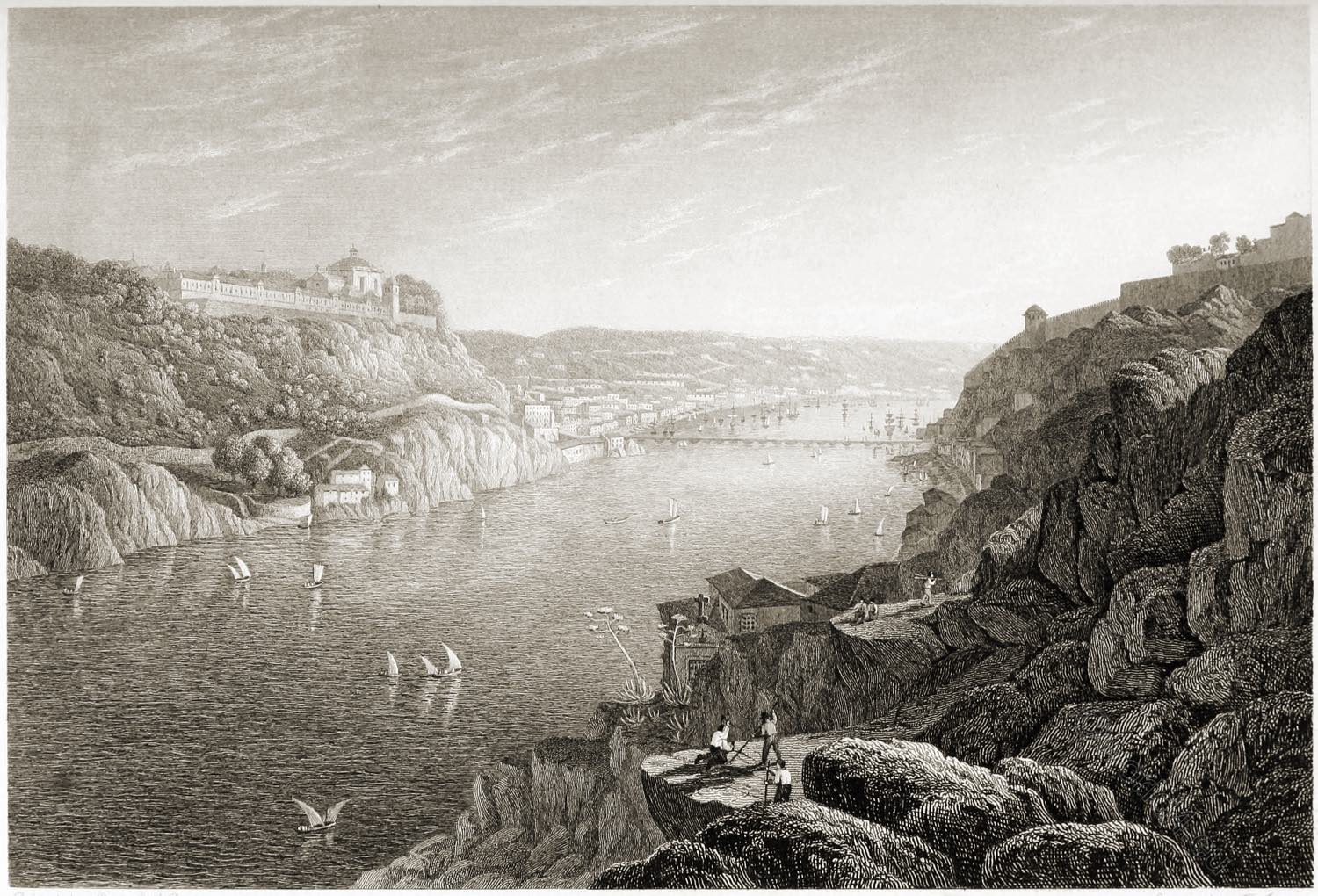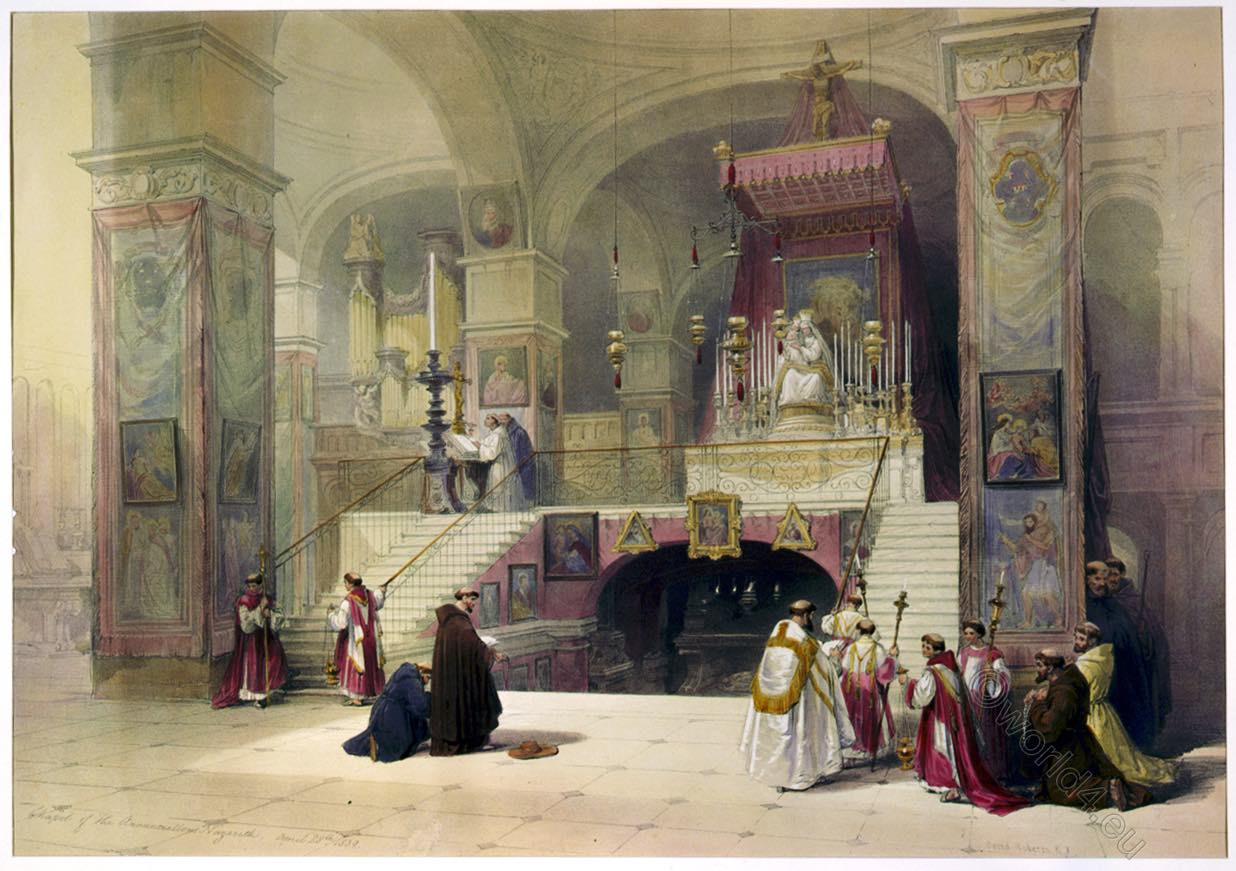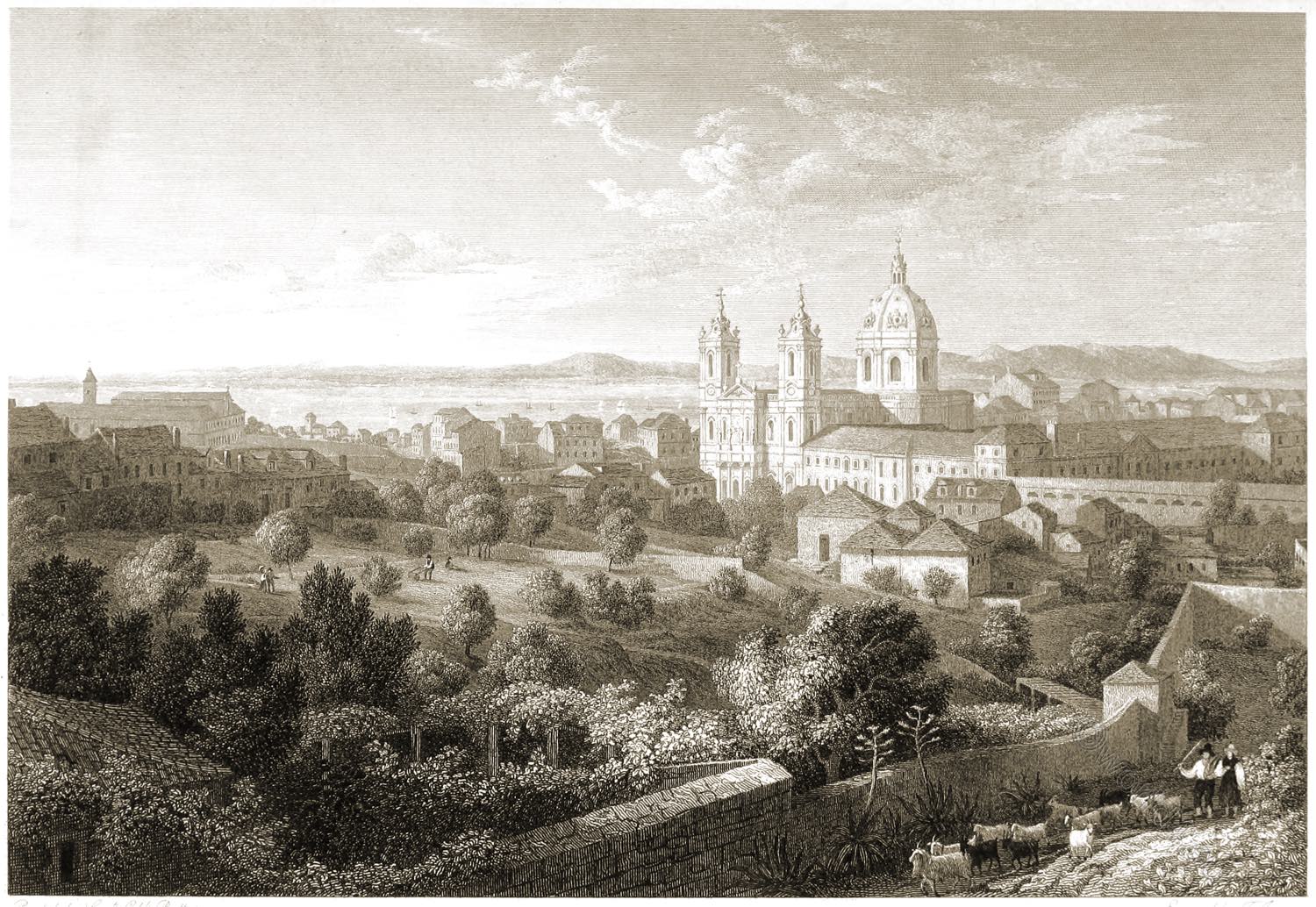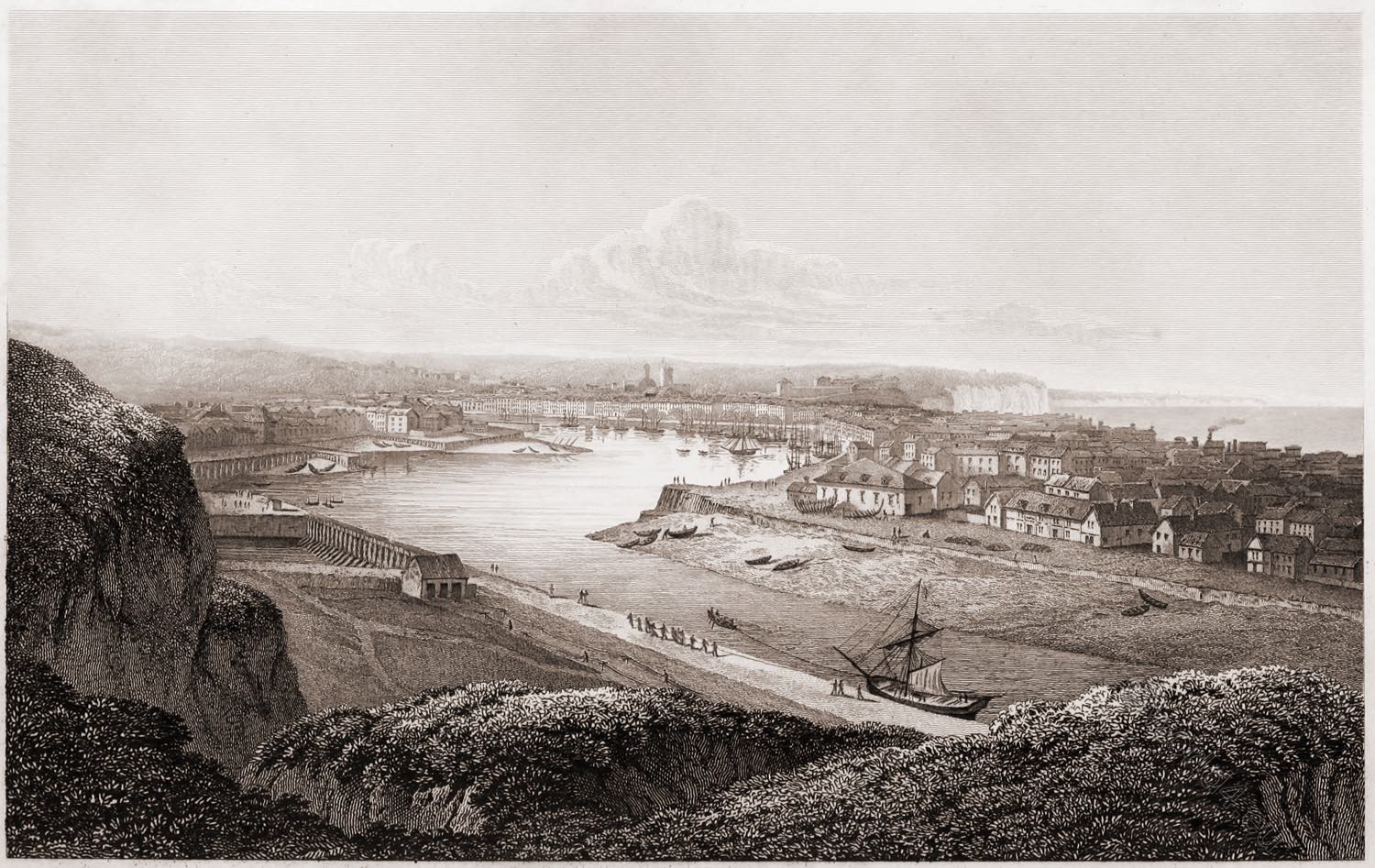Until 1939, Siam was the name given to the country in Southeast Asia, most of which corresponds to present-day Thailand. Its core area was in the Mae Nam Chao Phraya (Chao Phraya River) basin. At the time of its greatest expansion in the 19th century, its sphere of influence roughly corresponded to the present-day territory of Thailand, Cambodia and Laos, as well as parts of Malaysia, Myanmar and Vietnam. The idea of Siam as a geographically defined state territory (geo-body) only developed during the colonisation of the areas surrounding Siam by France and Great Britain. Siam itself was never a colony.

BANGKOK, CAPITAL OF SIAM.
THE Menam river of Siam is the great trade route, which, with its endless ramifications of minor streams, canals, and creeks, establishes a network of communication over the vast interior of the country, and with the city of Bangkok, its capital.
Bangkok may almost be described as a floating city. It is difficult to tell where land begins and where it ends; its highways and its streets are the canals, which are lined with a throng of picturesque shops and houses, all of them afloat on rafts of bamboo moored to the banks.
As one steams up the broad river to the capital, the scene, at first sight, is so purely Oriental and fascinating that the traveller at once forms illusive dreams of the vast wealth and resources of the people.
Here one beholds a forest of temple spires, ablaze with gold and silver and jewels, the spoils probably of war, or the glittering produce of Eastern mines. But, alas! these towers and shrines, that occupy almost the only dry ground of this Siamese Venice, suffer sadly from careful and close inspection. The gold and silver are transmuted into tinsel, and the precious gems into coarse mosaics of glass and broken crockery-ware, and the edifices themselves are nothing more than brick and mortar. These buildings, however, are neither without interest, nor devoid of significance; they have been erected during the lifetime of wealthy and devout Buddhists, just like the famed Mausolea of ancient Rome, inscribed with their “Vivus fecit,” or “Vivus faciendum curavit,” with this important difference, that the Siamese temples and monuments are not tombs, but shrines set up to purchase promotion for the builder towards the mysterious Nirvana of the Buddhists.
The square clock-tower of the first king’s palace may be seen among the group of buildings on the other side of the river.
In Siam there is a chief, and a second or subordinate king. This practice of having two kings was originally instituted so as to avoid complication, or the suspension of the affairs of state, in the event of the sudden death of the first king. In order to meet such a contingency, the second king would be invested with the supreme power until the proper successor was chosen and set upon the throne.
The palace grounds cover a large area in the heart of the city, and are walled around like a little town, which affords accommodation for the thousands of men and women who make up the retinue of the royal harem, and of the monarch himself.
The palace is a costly edifice, erected in semi-European style, and surrounded by numberless temples for state worship, and by an imposing array of courts, pavilions, and pleasure grounds. The hall of audience partakes of the same mixed character: its flooring is of marble, its rows of pillars which support the roof are plated with brass, while the golden throne, sparkling with gems, stands in a recess in the centre of the back wall. Around this brilliant apartment the walls are hung with works of Oriental and foreign art, and notably one-which the writer observed -a certain framed placard advertising the marvelous properties of a potent London pill.
During the late king’s reign the people were compelled to prostrate themselves in the royal presence, and to declare themselves utterly unworthy even to lick the dust from off the thrice-sacred feet of the sovereign. All this has been done away with by the young king, under whose sway Siam promises to take the foremost position among the nations of Indo-China.
Descriptive Article by J. Thomson.
Source: Treasure spots of the world: a selection of the chief beauties and wonders of nature and art by Walter Bentley Woodbury (1834-1885); Francis Clement Naish. London: Ward, Lock, and Tyler, Paternoster Row, 1875.
Related
Discover more from World4 Costume Culture History
Subscribe to get the latest posts sent to your email.






